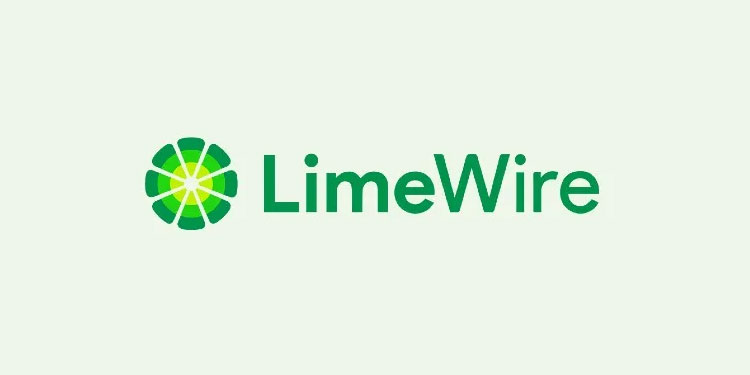
LimeWire’s Evolution into a Web3 Content Hub on Polygon
From Piracy to Creative Innovation
In a striking shift, LimeWire has embraced its new identity as a Web3 content platform on Polygon, marking a far cry from its earlier association with piracy and unauthorized content sharing. The inception of a creator studio on the Polygon blockchain signifies a decisive step toward creative innovation, allowing users to explore fresh avenues of artistic expression.
The initial application of this studio focuses on image generation, empowering users to craft new visuals or enhance existing ones using a variety of artificial intelligence models. According to MarFeistl, the Chief Operating Officer of LimeWire, the studio’s capabilities are set to expand, with the upcoming inclusion of AI-generated music creation from a library of melodies, rhythms, and songs. This music creation feature is expected to roll out in the third quarter, inviting musicians to produce unique content. LimeWire’s content pool will be sourced from partner platforms and its proprietary library.
Blockchain Integration and Profit-Sharing Model
A notable facet of LimeWire’s transformation lies in its integration with the Polygon blockchain. All content generated through the platform will be minted onto the blockchain, establishing transparency and immutability. LimeWire’s profit-sharing model revolves around ensuring that creators are duly rewarded for their contributions. When content creators upload original material, they become eligible to receive a portion of the advertising revenue generated on the LimeWire platform, denominated in the platform’s native LMWR token and proportionate to the viewership of their content.
In a strategic move, LimeWire has tapped into the non-fungible token (NFT) market. Generated content can be traded as NFTs on LimeWire’s secondary market. This initiative offers an additional revenue stream for creators, with royalties from such trades currently paid out in USDC. Moreover, creators have the option to restrict access to their content, requiring admirers to subscribe and pay a monthly fee in USDC.
Inclusivity and Innovation at the Core
MarFeistl emphasized the inclusive design of the creator studio, catering to both seasoned creators and novices alike. For experienced creators, the studio serves as a platform to enhance their existing content or venture into new creative territories, such as designing cover art for music releases. On the other hand, beginners can find the studio a user-friendly entry point to commence their journey as content creators.
As part of its operational model, LimeWire provides a certain number of free creations per month to each user. However, those who utilize the service more frequently may incur a fee.
A Shift in Leadership and Vision
The evolution of LimeWire into a Web3 content platform stems from a change in leadership. Julian and Paul Zehetmayr acquired LimeWire’s intellectual property in 2021, leading to a redirection of its focus. Subsequently, in April 2022, Kraken Ventures, Arrington Capital, and GSR collectively raised approximately $10 million through a private token sale to support LimeWire’s new trajectory.
Fostering Digital Collectibles and NFT Accessibility
In a blog post, LimeWire underscored its core mission: the establishment of a music-centric digital collectibles marketplace. The platform’s vision is anchored in its commitment to significantly lower entry barriers into the realm of non-fungible tokens (NFTs), thereby expanding access and participation within this burgeoning space. This endeavor aligns with the broader trend of integrating blockchain technology to reshape various industries, fostering innovation and democratizing opportunities.
As LimeWire’s journey continues, it stands as a testament to the dynamic potential of technology-driven transformations and the capacity of platforms to evolve from contentious origins to spaces of creative expression and decentralized innovation.